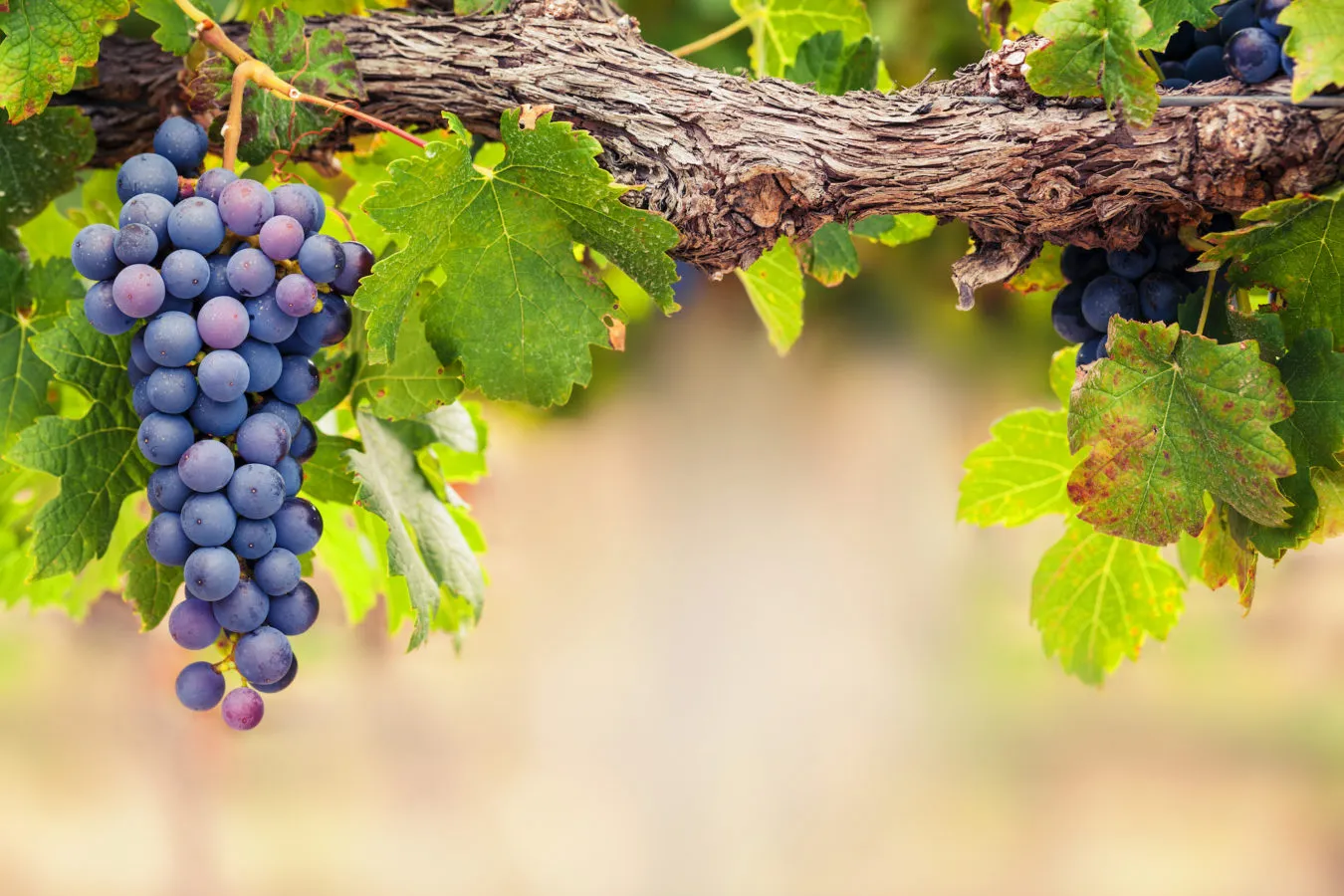Despite the different names, Syrah and Shiraz refer to the same grape variety. The distinction arises from geography, climate, and winemaking traditions. In France and across Europe, the grape is known as Syrah, while in Australia and South Africa, it is called Shiraz.
Winemakers in New Zealand and Chile often prefer the European term, while those in the U.S. are divided on which name to use. The terminology has evolved over time, reflecting both historical influences and stylistic choices made by vintners worldwide.
A common misconception is that Shiraz originated in the Persian city of the same name. In reality, genetic research has confirmed that Syrah’s roots trace back to France, specifically the Rhône Valley. The grape was introduced to Australia in 1832 by James Busby, the father of Australian viticulture.
It is believed that a mislabeling of the original cuttings led to the evolution of the name from “Scyras” to Shiraz. Over time, as the grape adapted to Australian conditions, the name stuck and became synonymous with the region’s bold wine style.
Regional Differences in Winemaking
The distinction between Syrah and Shiraz extends beyond nomenclature to differences in winemaking styles and regional influences. In Australia, especially in South Australia, the grape has developed a unique identity with some of the oldest vines dating back to the 1840s.
While some Australian winemakers now use “Syrah” to reflect a cooler climate style, others, like Johann Henschke of Henschke Wines, remain committed to the traditional Shiraz designation. The influence of climate, terroir, and tradition plays a crucial role in shaping the characteristics of the wines produced under each label.

American winemakers, particularly in Washington and California, navigate the Syrah-Shiraz divide based on stylistic preferences and climate. Chris Carpenter, a winemaker producing both Syrah in Washington and Shiraz in Australia, highlights distinct differences in fruit expression and structure.
Washington Syrah tends to exhibit dark cherry and raspberry notes, while Australian Shiraz leans toward darker fruits with minty and tapenade characteristics. This distinction has become less pronounced as Australian producers have moderated the bold, high-alcohol Shiraz style that dominated in the 1990s.
A Global Perspective on the Grape
The choice of terminology can reflect more than just tradition—it can indicate stylistic intent. In California, Paso Robles winemakers are evenly split between the two terms, while in Sonoma, “Shiraz” typically signifies a warmer climate, fruit-forward style, whereas “Syrah” is associated with cooler climates and a more structured profile.
This pattern extends globally; Moroccan wines use “Syrah” due to historical French influence, while Israeli producers may use either term. Ultimately, what matters is the grape’s adaptability to different climates, producing wines that vary in complexity, acidity, and fruit expression.
Despite being the fourth most widely planted red grape in the world, Syrah/Shiraz remains somewhat underappreciated by consumers compared to other red varieties. It thrives in a range of climates, from France’s Rhône Valley to Australia, South Africa, and even unexpected locations like India and Switzerland.
While some winemakers use the name Syrah to evoke elegance and refinement, others embrace Shiraz for its bold, fruit-driven identity. Regardless of the name, the grape’s hallmark red fruit flavors, spice notes, and vibrant acidity make it a versatile and intriguing choice for wine lovers worldwide.


